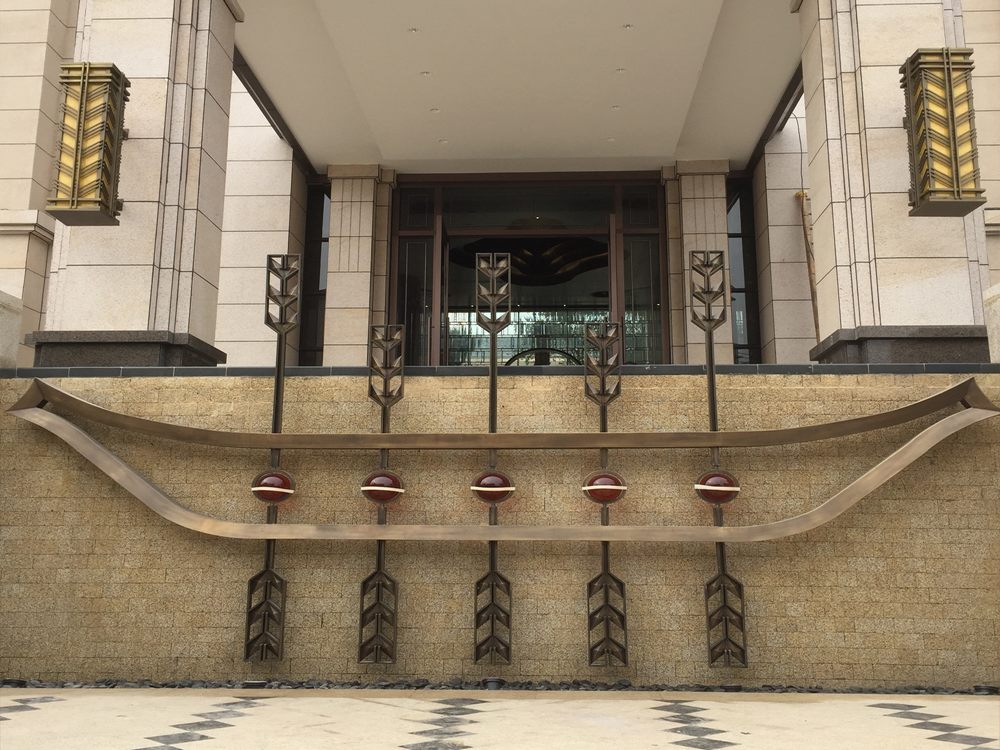
Creating kinetic stone sculptures is a fascinating yet demanding art form that merges the rigidity of stone with the fluidity of movement. Artists face several unique challenges in this niche discipline.
1. Material Limitations: Stone is inherently heavy and brittle, making it difficult to carve thin, moving parts without risking fractures. Selecting the right type of stone, such as marble or limestone, is crucial for durability.
2. Balancing Aesthetics and Mechanics: Unlike static sculptures, kinetic pieces require precise engineering to ensure smooth motion while maintaining artistic integrity. Hidden mechanisms must blend seamlessly with the design.
3. Environmental Factors: Outdoor installations face weathering, temperature changes, and wind resistance, which can affect both the sculpture's movement and longevity.
4. Structural Integrity: Ensuring the sculpture remains stable during motion demands meticulous planning. Poor weight distribution or weak joints can lead to catastrophic failures.
5. Maintenance Requirements: Kinetic sculptures need regular upkeep to prevent wear on moving parts, adding long-term costs and labor.
By addressing these challenges with innovative techniques and careful planning, artists can bring stone to life in mesmerizing ways.

